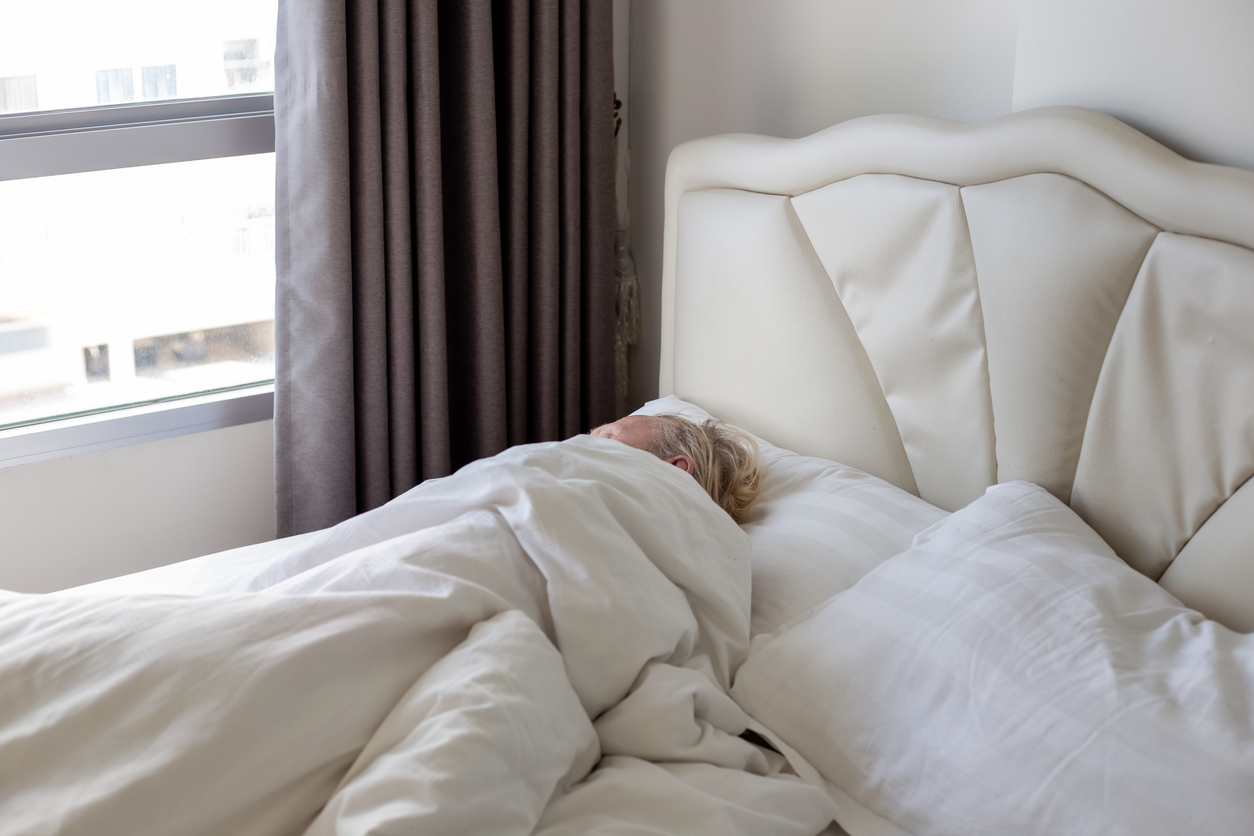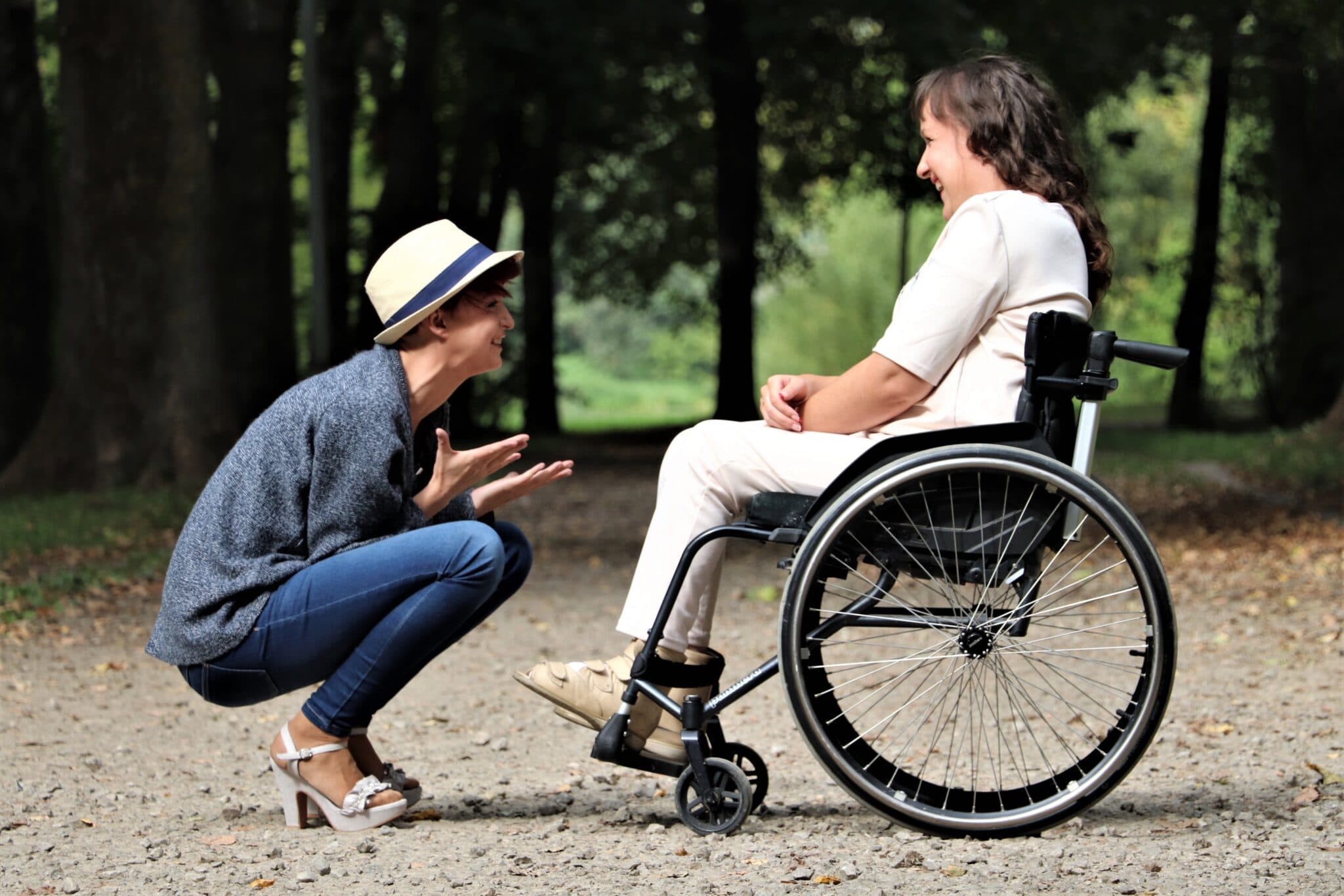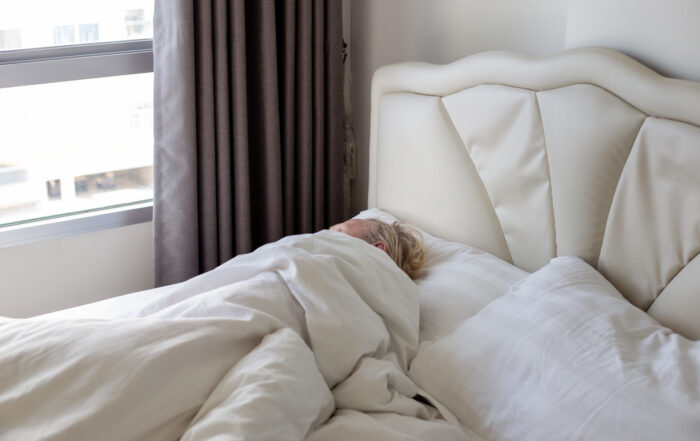How Can the Elderly Improve Mobility?
Social Links
As you grow old it is highly likely that you will lose some mobility, so it is important to know how the elderly can improve mobility.
In the elderly poor mobility can have a detrimental effect on day-to-day living and impair their quality of life. Keeping active and mobile is key to maintaining independence and brings many physical and emotional benefits. Luckily, this is something that can be achieved by making just a few simple lifestyle changes:
Ensure you have a clutter-free environment
It’s important that your home is clutter-free and is an environment that you feel safe and confident to move around in.
Get a relative or friend to help you sort out any unnecessary clutter and ensure that you have clear paths where you can move around with confidence.
If the process seems daunting at first, set yourself or your helper just 15 minutes a day to tackle the clutter. You’ll find that even over as short a period as a week, your environment will be much safer and pleasant to use.
The reward, of course, is that you will have the confidence to move freely around your home, improving your confidence, flexibility and mobility and keeping you as independent as possible.
Gentle exercise is key
There are lots of different forms of gentle exercise that you can do from the comfort of your living room.
Try chair squats to build strength and flexibility. Stand in front of your chair, your feet hip-width apart. Squeeze in your tummy muscles. Lower your body and bend your knees, as if you are preparing to sit down. Just skim the chair seat, then return to your original standing position.
You can even exercise while sitting down. Hip marching is great for strengthening hips and thighs and improving your flexibility. Hold on to the sides of your chair and raise your left leg with the knee bent as far as you can. Place it on the floor and repeat with your right leg. Try doing five lifts with each leg for a gentle workout.
The seated row will strengthen your upper back and chest. Sit on the edge of your chair holding your arms out in front of you with elbows bent and thumbs pointing upwards. Pull your elbows back and squeeze your shoulder blades together. Repeat in sets of 10.
And remember that if you are seated for long periods at a time, you can use a timer to remind you to get up out of your chair at regular intervals.
Mobility furniture lends a helping hand
Mobility furniture can complement your lifestyle changes, help improve mobility and give you a whole new lease of life.
Recliner chairs to improve mobility make it easy to get in and out of your seating position, thanks to an electric mechanism. They are perfect for anyone with mobility issues, particularly the elderly, offering a whole new lease of life and improved independence.
They also allow you to sit in a range of positions, reducing the risk of pressure sores and helping to improve circulation as you become more mobile.
Chairs to improve mobility also have the added benefit of allowing you to elevate your legs, reducing the risk of swelling and making it easier for you to stay active.
The beauty of mobility furniture is that it supports your whole body, easing away those aches and pains and making it so much easier to feel active and mobile.
At the Mobility Furniture Company, we have over 30 years of experience in matching customers’ unique mobility needs to our high-quality furniture, specially designed to help them lead a more active life. Our range of exceptional mobility furniture includes beds, chairs, and sofas, all offering the highest level of comfort and style.
*This website contains general medical information. The medical information is not advice and should not be treated as such. Read our full Medical Disclaimer here.



